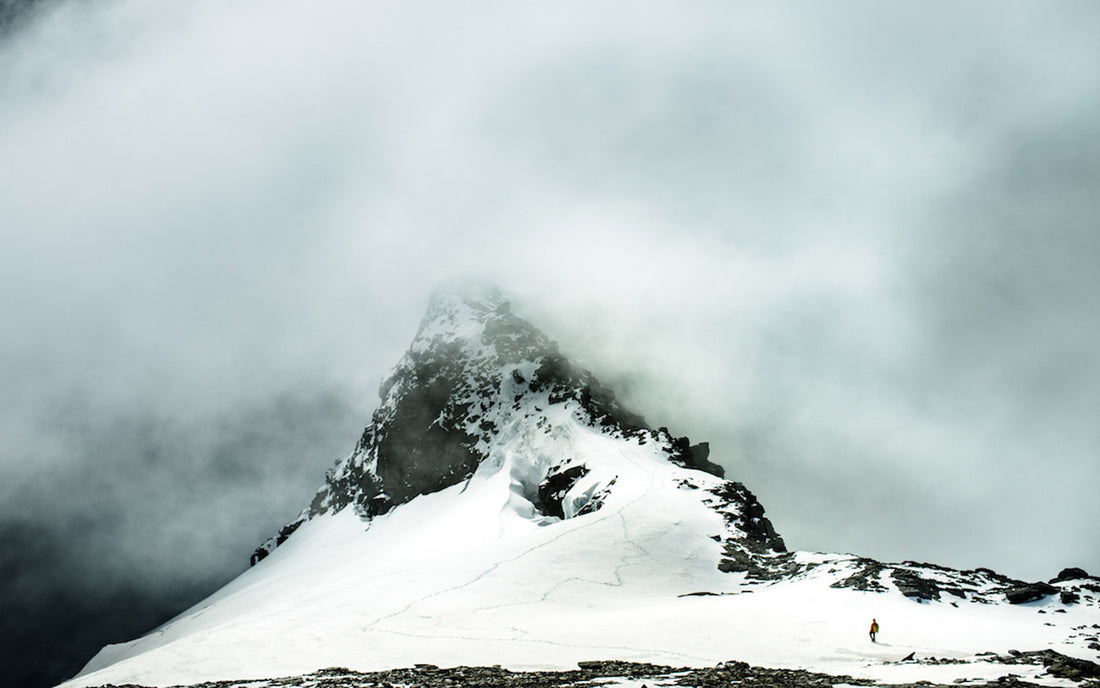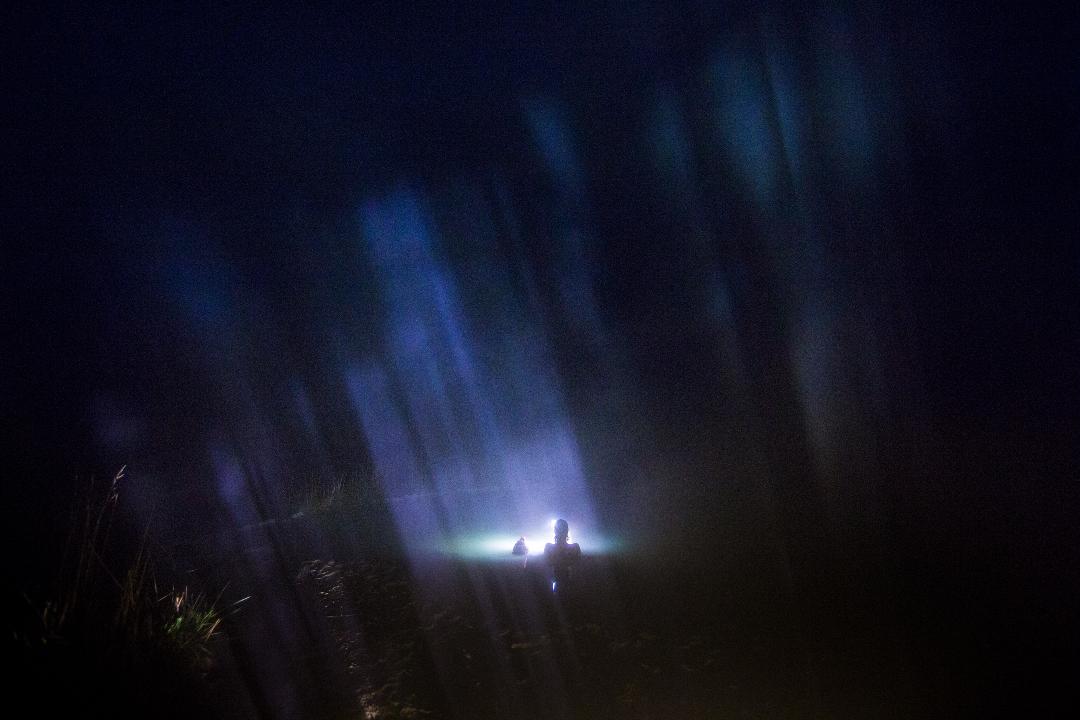
5 Tips for Capturing the Magic of New Zealand in Photographs
Therm-a-Rest TeamThe weather in New Zealand is tempestuous and often moody. The power with which the storms roll off the South Pacific gives the country a wild feel, and over the years these storms have carved out a landscape that is rugged and majestic. It is one of my favorite places to photograph in large part because of the quickly changing weather and light; however, it can also be one of the most challenging places to shoot for these same reasons. Here are some tips for getting the shot:
1. Be prepared to take care of yourself.Set yourself up for success by staying hydrated, fed, warm, dry, and psyched to get the shot! If you’re going to get the shot you have to be able to stay out in the elements and not go running for shelter at the first sign of weather. Bring a couple pairs of gloves—a light one for shooting, a heavy one for staying warm/dry—layers, rain shell, a headlamp (especially if you don’t expect to use it), food and water (a thermos of hot liquid or small stove is clutch for warming from the inside).
2. Your camera is a tool, not ballast for making your pack top heavy.
That said, it’s also not as durable as some other tools, so find the middle ground between taking good care of it and actually using it for what it is meant for—taking photos. One of the main elements to contend with in NZ is the rain. You can buy weatherproof casings (of various quality and usability) or, if you’re on a budget, get creative by cutting a hole in the end of a bread sack to protect your lens, or wrap a garbage bag around your camera to keep it dry. *Disclaimer - if (like me) you tend toward the more extreme view of your camera as a “tool” to be used in all conditions, you should also make sure you have some form of insurance which covers your camera in the event of water damage, encounters with rocks and that mischievous thing they call gravity.
3. When the going gets rough, get out the camera.
It’s those moments when you feel most beat down, humbled and ready to pack up and call it quits that often yield the best shots. If the last thing you feel like doing is pulling out the camera, then that’s probably a time that’s going to yield some pretty interesting photographs.
4. Pay attention to shifts in the weather.
That moment when the sun breaks through right after a rain storm and everything is wet and glittering, or the last shaft of light on a ridge before the clouds settle in to dump on you, or the last sneaky rays of light on a stormy day … those are the moments you want to capture.
5. Capture the mood.
When you set out to capture images on the Island, take into consideration the effect that the weather can have on a certain landscape and shoot accordingly. For example, an image of a glacier on a bright sunny day will look best if shot in a high key way that accentuates the brightness and colors of the ice (try overexposing the image by opening up your aperture or lengthening the exposure to allow more light to enter the camera—experiment!). However, on a cloudy day, the glacier can look intimidating and ominous, a feeling that is accentuated by underexposing the image (allowing less light to enter the camera) and allowing the sky and glacier to take on a dark heavy look.
Parting tip: Experiment!
This shot was a happy accident—a reminder to experiment. As the steam was rising off a hot spring, it caught the light of a friend’s headlamp, and a long exposure painted glowing steamy lines through the image.
 Author: From documenting surf culture in NYC, migrant farm workers in Napa, rock climbing in South Africa, or the street kids of Rio's Carnival, Forest Woodward is constantly in pursuit of new experiences. While pushing to continually evolve his vision, he is often reminded to carry his camera with humor, compassion and curiosity.
Author: From documenting surf culture in NYC, migrant farm workers in Napa, rock climbing in South Africa, or the street kids of Rio's Carnival, Forest Woodward is constantly in pursuit of new experiences. While pushing to continually evolve his vision, he is often reminded to carry his camera with humor, compassion and curiosity.










